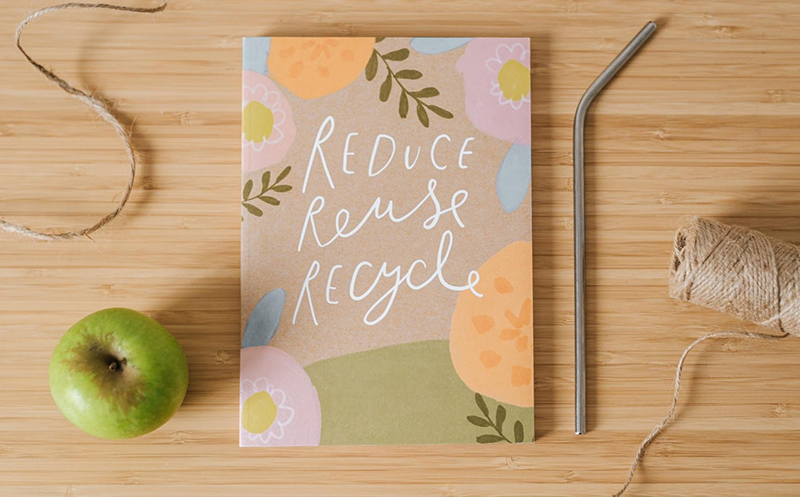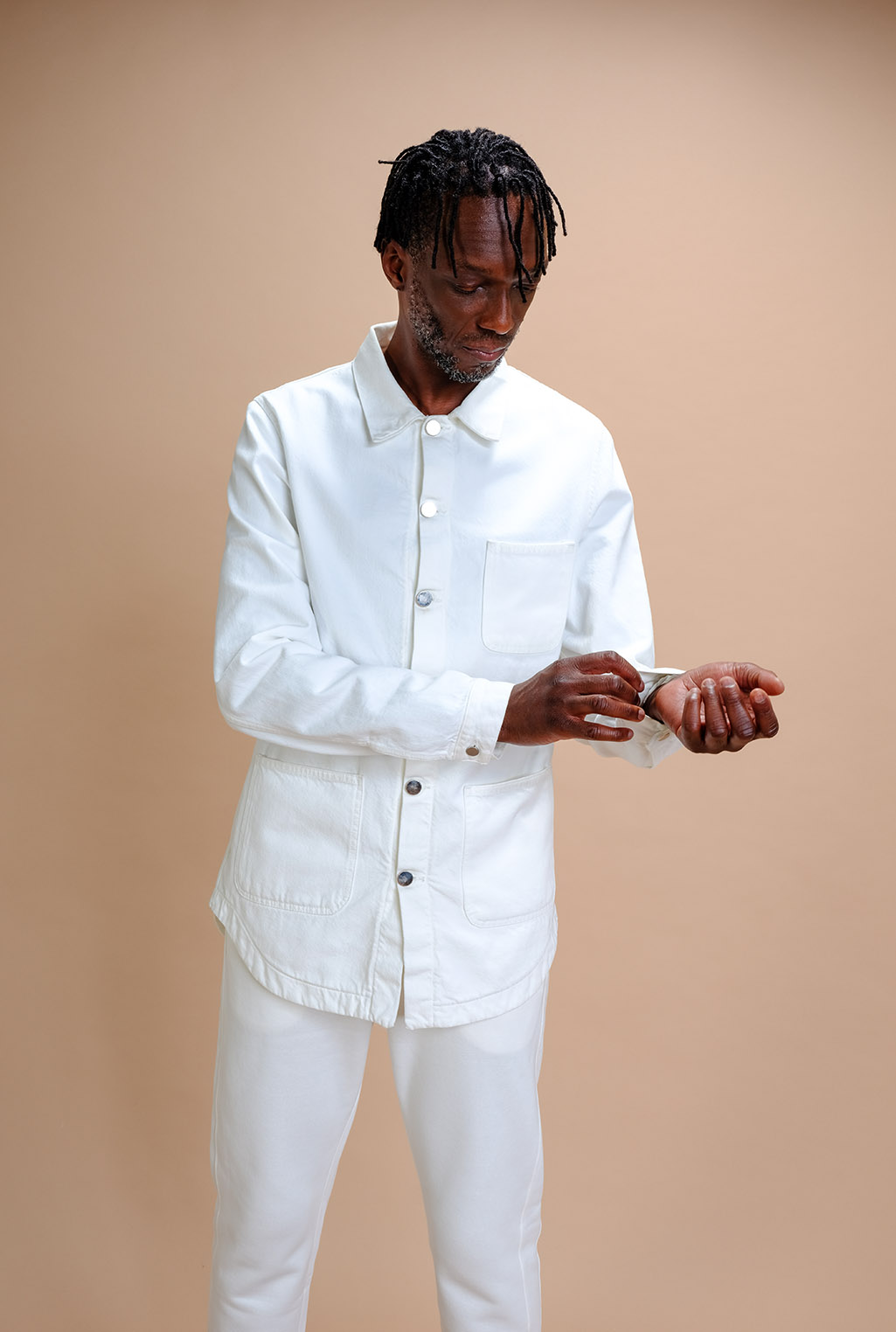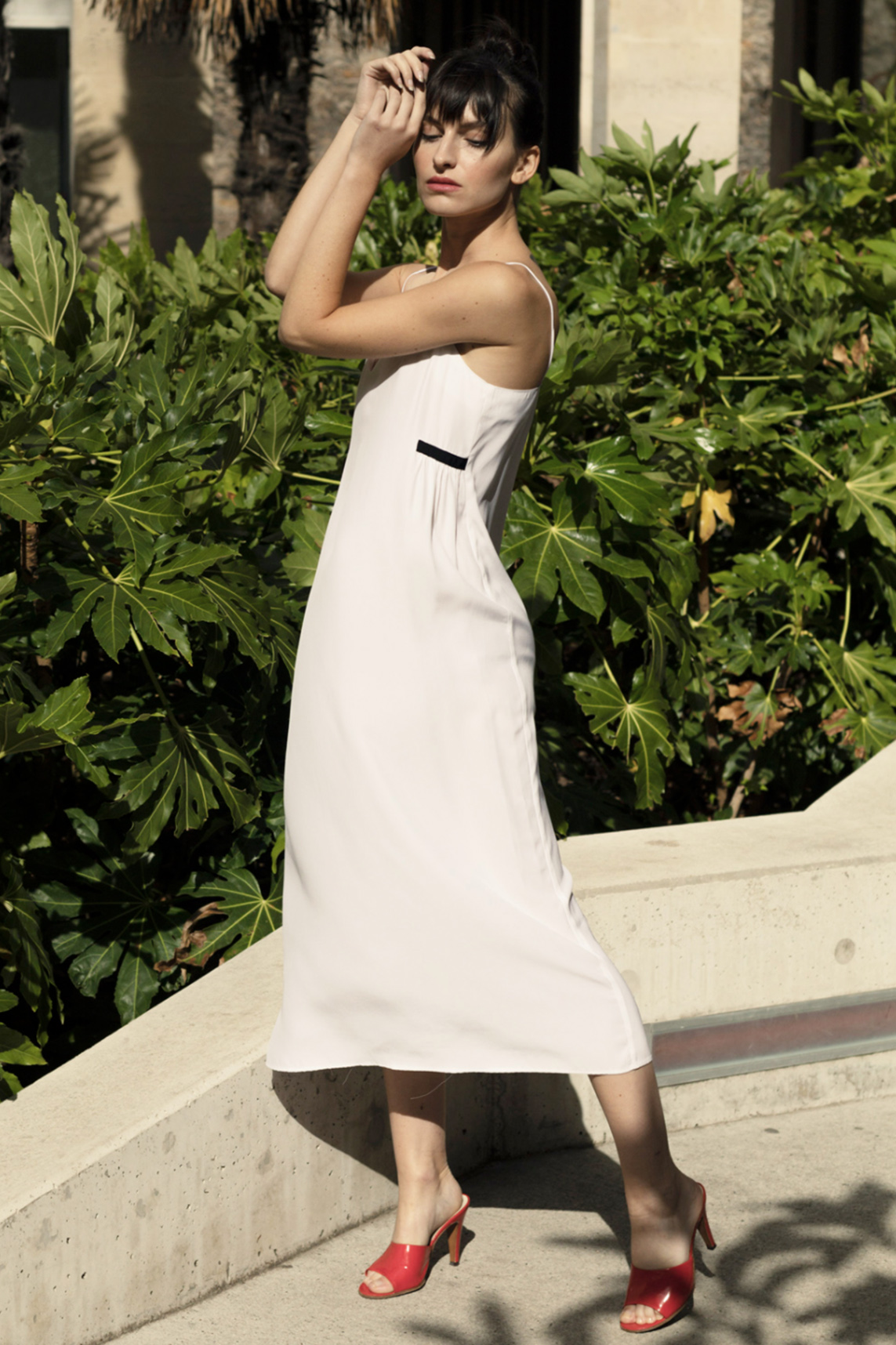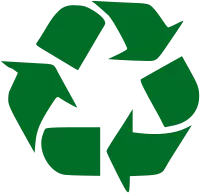
Recycling & upcycling : what’s the difference?
The terms “recycling” and “upcycling” are sometimes used interchangeably, but the two processes are actually quite different from each other. While both concepts consist of reusing old products, upcycling gives them a second life in a more eco-responsible and creative way.
What is recycling ?
Did you know that it is possible to make a fleece sweater from 27 plastic bottles ? Or a duvet with 67 of these ? Thanks to the innovative process of recycling, some objects can have a second life. This process involves the treatment of waste in several stages :
- Collection or selective collection (the one who creates the waste sorts it himself) is the first step in recycling. The waste is then sent to a sorting centre. Non-recyclable waste is incinerated and used to produce energy such as heat or electricity ;
- The transformation then consists of different processes specific to each plant or type of product. At the end of this stage, the waste is then ready for a new cycle ;
- Incorporation is the last step which consists of using these new materials to make new objects. They will then be marketed and consumed to be discarded, recovered and recycled again.
These new objects may be similar to the old ones, in which case we speak of closed-loop recycling. In other cases, the new products are completely different from the original product, this is called open loop recycling.
Label AÉ also brings together various designers who use recycled raw materials. Discover in particular the pieces of the brand ADN Paris whose jeans are made by the Italian house Candiani Denim. The faded models are made in RE-GEN fabric : 50% recycled cotton and 50% Tencel x REFIBRA™ lyocell, without the need for new cotton production.

What is upcycling ?
The “zero waste” lifestyle is based on the strategy of the three -R : reduce, reuse, recycle. In this context, recycling, although extremely beneficial for the environment, is not enough. This is where the concept of upcycling comes into play ! In French, it is called le surcyclage. Upcycling consists of recovering materials or objects that we no longer use and that we upgrade in order to give them a new life. This process makes it possible to create superior quality products without expending additional energy to deconstruct the available material. It therefore contributes to the reduction of CO2 emissions. It was the engineer Reiner Pilz who first mentioned this term in the 1990s. According to him, recycling is a devaluing process whose products are of low quality. Upcycling gives more value to old objects and keeps their original shape. The products resulting from this process are therefore full of history and are of better quality !
An eco-responsible technique par excellence, upcycling also calls on everyone’s creativity. With a little imagination, particularly original pieces can be made using a wide variety of techniques and materials. This way of manufacturing offers an economical and personal approach to design. Moreover, this process is within everyone’s reach. Indeed, whether you are moving in or want to redecorate your interior, the reconstruction of old pieces of furniture allows you to create a unique aesthetic. Nothing better than upcycling to have a living room that reflects your personality and that will only exist in your home !
Upcycling is, unsurprisingly, a widespread concept in the fashion industry. Many designers use this process to create ethical clothing. By offering a second life to a garment, this concept promotes sustainable fashion, unlike fast fashion which promotes disposable fashion. This involves the recovery of worn fabrics which are then cleaned and checked in order to serve as a working basis for fashion designers.
According to a study carried out in 2020 by the YouGov research institute, 3 out of 4 French people believe that luxury brands should all adopt this practice. In 2010, the luxury brand Hermès was also one of the first to stand out with its “petit h” collection. Created on the theme of upcycling, the collection brought together many designers and craftsmen to give a second life to old materials.
Within Label AÉ, you can find several pieces from the upcycling process! The Tremplepierre house, for example, uses the dormant stocks of Parisian fashion houses to create chic and relaxed pieces.

The benefits of upcycling for the fashion industry
- Greener : Some materials used to produce clothing usually involve hazardous chemicals. This leads to environmental problems like soil degradation and air pollution. Upcycling also makes it possible to manufacture without drawing on resources, since the raw materials already exist. This saves water and energy.
- More economical : For companies in the fashion industry, upcycling can help minimize the overall cost of production. Using this method, producers are able to reuse existing materials instead of having to make new ones. Therefore, it also reduces costs for the consumer. Upcycling is also more economical for anyone who wants to make clothes from the comfort of their own home. Indeed, the purchase of second-hand materials is often cheaper than new.
- More creative : The use of recycled textiles makes it possible to create unique and elegant lines and to expand the offer of designers. It takes a creative mind to figure out how best to use used fabrics. Upcycling therefore offers designers new challenges.
- More attractive : In today’s society, consumers are constantly inquiring about the origin and manufacture of the products they buy. With the state of our environment at risk, it has become increasingly important to many that their purchases be eco-responsible.
Yasmine Besbes

